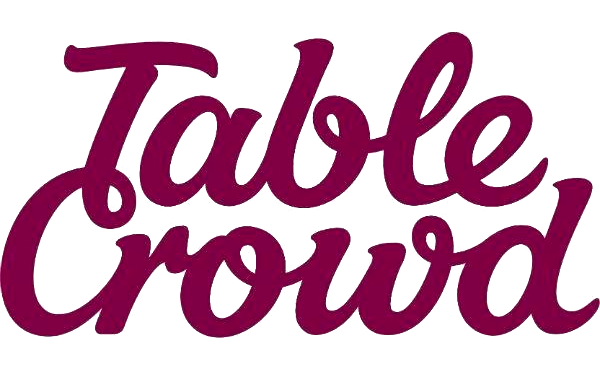Food Innovation: How Science will change the way we eat!
Our guest blog today comes from ICUK.net. Have you ever thought about how science could change the way we eat? Well Becca Taylor has and she tells why! Think of the words ‘food technology’ and you might conjure up images of modern-day home economics, rather than cutting edge ways to eat your dinner. But there’s plenty of innovation in the food world that could start to change the way we eat and interact with food in the not so distant future.
Think of the words ‘food technology’ and you might conjure up images of modern-day home economics, rather than cutting edge ways to eat your dinner. But there’s plenty of innovation in the food world that could start to change the way we eat and interact with food in the not so distant future.
Imagine organising a dinner party for a group of friends. Setting the table and picking the wines is the easy part, but say you didn’t need to decide a menu or cook for the evening. With 3D food printing, taking guests’ food orders to their own specification on the night is possible. Ingredients, like carbohydrates, proteins and fats would be selected, a recipe put in, and the food would be printed in layers from the machine. Alternative ingredients are possible and include algae, grass and plants, which would be stored in powder form and mixed with water and oil as required. The first trials included printing chocolate, and pizza is soon to join the menu. With dietary requirements easier to cater to, would we ever order takeaway again?
 Sustainability has been a big part of developing these food innovations – most importantly, how do we solve world hunger in a way which isn’t harmful to the environment? Creepy crawlies seem to be the answer, with many people touting them as the next big thing in the culinary world. Cooking with insects has already made an appearance on Channel 4’s Sunday Brunch, where experts likened the crunch to popcorn. American food company Exo has successfully raised funds through Kickstarter to launch their own protein bar, made with the unlikely ingredient of cricket flour, which has more protein per gram than beef.
Sustainability has been a big part of developing these food innovations – most importantly, how do we solve world hunger in a way which isn’t harmful to the environment? Creepy crawlies seem to be the answer, with many people touting them as the next big thing in the culinary world. Cooking with insects has already made an appearance on Channel 4’s Sunday Brunch, where experts likened the crunch to popcorn. American food company Exo has successfully raised funds through Kickstarter to launch their own protein bar, made with the unlikely ingredient of cricket flour, which has more protein per gram than beef.
 We could even be growing our own bugs at home – Austrian industrial designer Katharina Unger has successfully created a product which harvests around 500g of larvae protein each week. The bugs offer a relatively good source of protein, especially considering how few resources are needed for their production. Ms Unger favours hers with a tomato risotto, but there are easily accessible recipes for mealworm burgers and cricket fried rice. Tasty.
We could even be growing our own bugs at home – Austrian industrial designer Katharina Unger has successfully created a product which harvests around 500g of larvae protein each week. The bugs offer a relatively good source of protein, especially considering how few resources are needed for their production. Ms Unger favours hers with a tomato risotto, but there are easily accessible recipes for mealworm burgers and cricket fried rice. Tasty.
 Technology can play a huge role in the future of food, helping to create more sustainable methods of cooking and eating. It may take a while for attitudes toward eating bugs to change, and 3D printers will need to be considerably cheaper before there’s one next to every microwave, but we could see a total food revolution in the years to come!
Technology can play a huge role in the future of food, helping to create more sustainable methods of cooking and eating. It may take a while for attitudes toward eating bugs to change, and 3D printers will need to be considerably cheaper before there’s one next to every microwave, but we could see a total food revolution in the years to come!
Thanks Becca and ICUK.net. If you’re interested in writing a guest blog post for us, please get in touch at hello@tablecrowd.com or tweet us to @tablecrowd.




